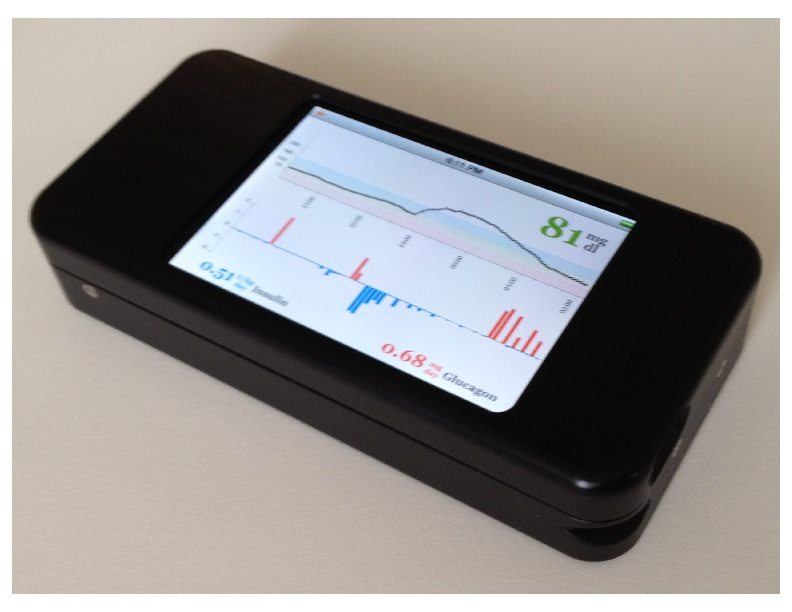Bionic Pancreas to Help Type I Diabetes Sufferers
According the American Diabetes Association, in 2012, 9.3 percent of Americans were suffering from the disease. Type I diabetes, usually diagnosed in children and young adults, causes the body to produce insufficient insulin. Insulin is vital for converting starches and sugar into energy. A recent report in Diabetes Mine gives new hope to diabetes I sufferers in the form of a bionic pancreas. Inspired by his diabetic son, Boston researcher Ed Damiano has developed a device which continually monitors glucose levels while simultaneously delivering insulin as needed. How does it work? Two pumps—one for insulin and one for glucagon are attached to the abdomen along with a monitor that checks the sugar levels. These wirelessly connect to an iPhone with an app that tracks glucose levels. As glucose levels rise, the app signals the release of insulin, as they fall, it signals the release of glucagon; maintaining balanced health.
Robotic Suit Controlled by Thoughts
Physics Org reports a new development from Japan in the form of a robotic suit that can be manipulated simply by the wearer’s thoughts. The suit was developed by Tsukuba-based company Cyberdyne, which specializes in power-assisted limbs, joints and suits to help the disabled. The suit works by picking up electrical impulses that travel through the user’s skin as the brain instructs the limb to move. The robotic suit then moves just as a natural limb would, but with a little extra power provided.
Robot Preparing to Hitch Across Canada
If you happen to be driving through the Great White North this summer, and you see an odd looking robot at the side of the road wearing green gardening gloves and red boots you might want to consider giving it a ride. HitchBOT, designed by David Smith and Frauke Zeller, professors at McMaster and Ryerson University, will be taking to the streets in an attempt to travel across Canada conversing with the people it encounters and transmitting the events of its journey via Facebook and Twitter along the way.
Image credit: DiabetesMine




















